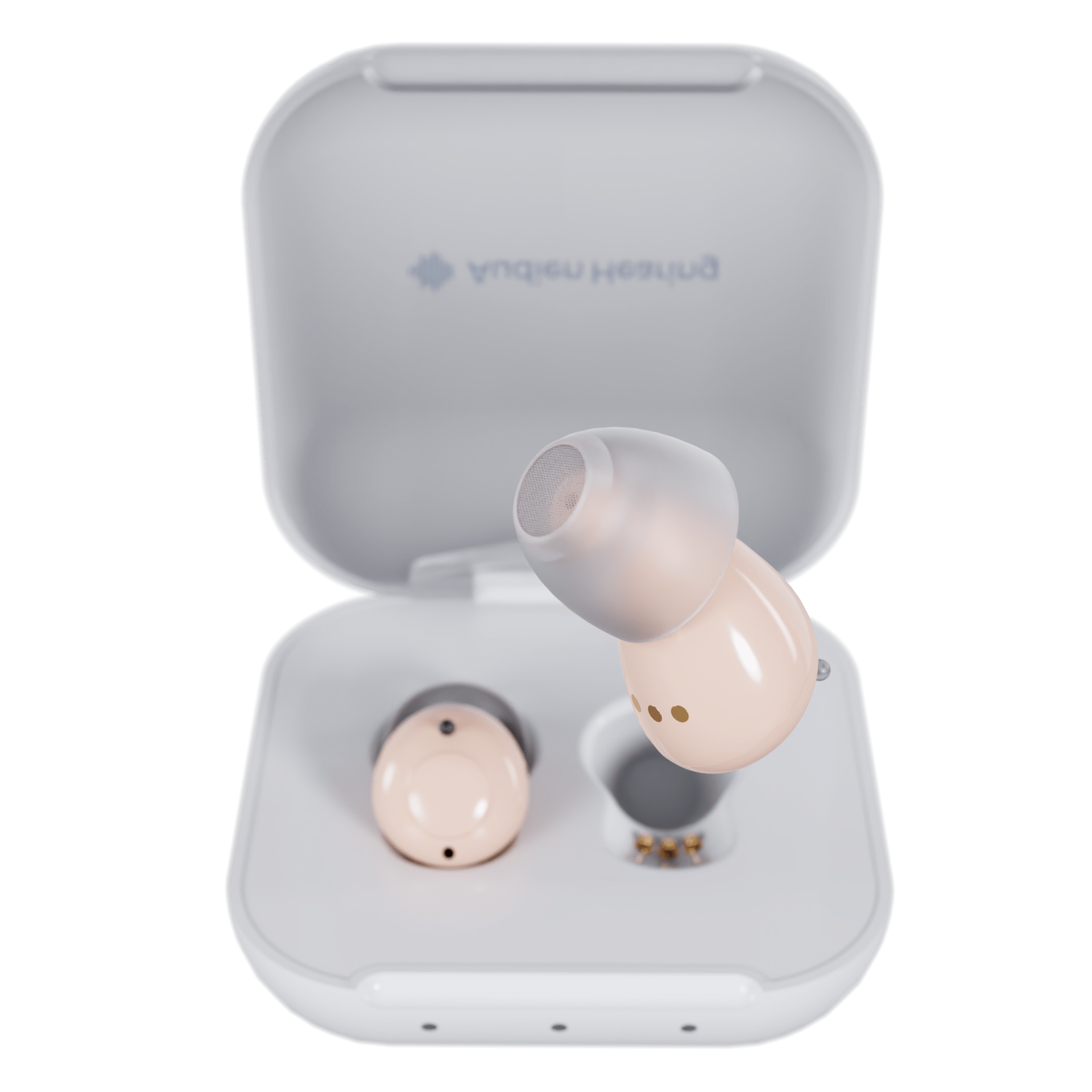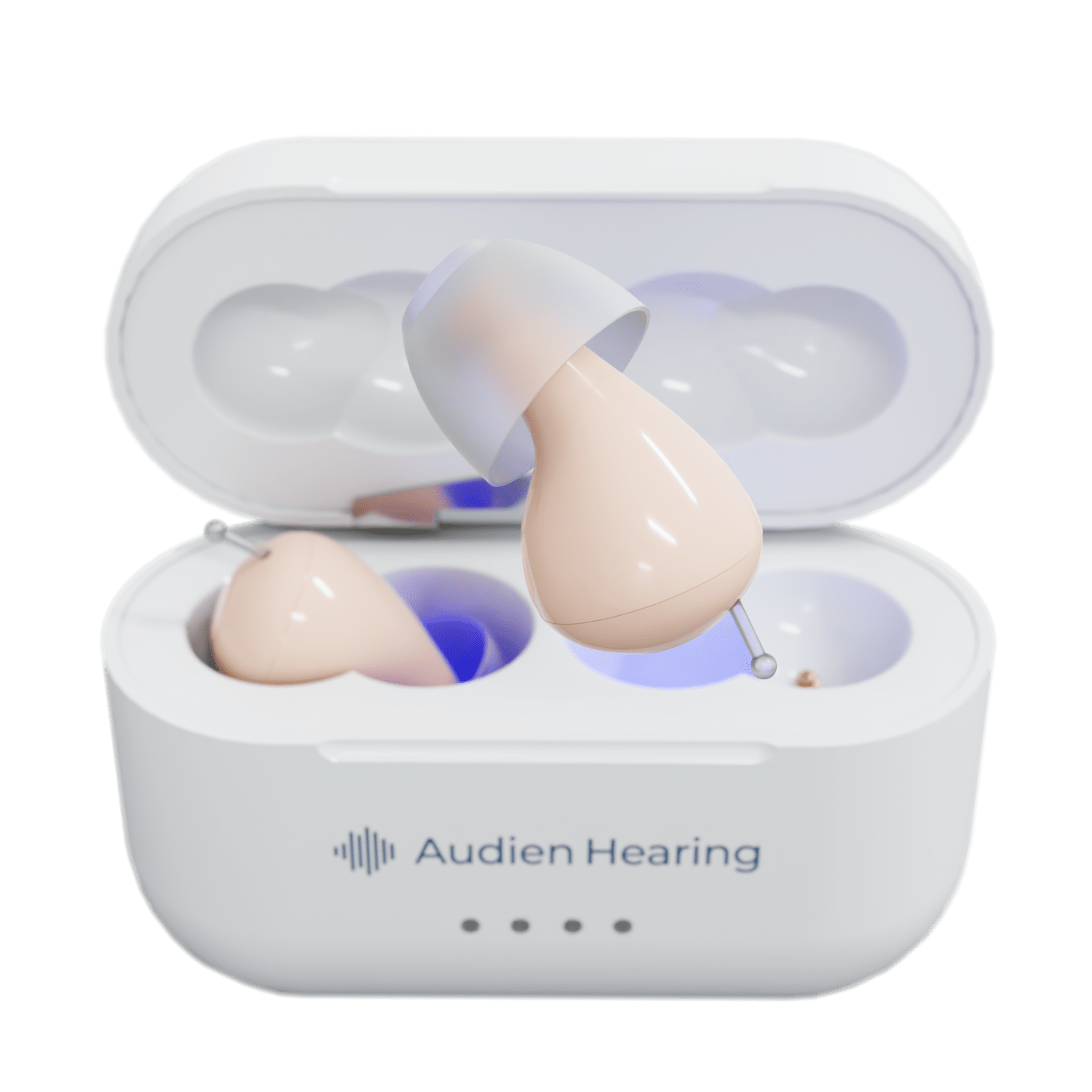
Why Does Pulsatile Tinnitus Come and Go?
Pulsatile tinnitus is a unique and potentially serious type of tinnitus in which a person hears a rhythmic sound—often described as whooshing, thumping, or throbbing—that typically aligns with their heartbeat. Unlike the more common continuous or high-pitched ringing tinnitus, pulsatile tinnitus is usually vascular in origin. For some individuals, it is only mildly irritating, while for others it can be debilitating, interfering with sleep, focus, and overall well-being.
IMPORTANT: Pulsatile tinnitus is not something to ignore. While it can be benign, it is frequently a symptom of an underlying vascular or neurological condition—including tumors—and must always be medically evaluated.
Symptoms of Pulsatile Tinnitus
The hallmark symptom of pulsatile tinnitus is hearing a sound that beats in sync with the heartbeat, often louder during periods of increased heart rate (e.g., physical exertion, stress). The sound may:
-
Be present in one or both ears
-
Come and go or be constant
-
Be more noticeable at night when ambient noise is low
Causes of Pulsatile Tinnitus

Pulsatile tinnitus almost always has an identifiable cause. While some causes are benign, others can be life-threatening. Medical evaluation is essential.
Common Causes:
-
Atherosclerosis: Narrowed or stiffened arteries cause turbulent blood flow near the ear.
-
Hypertension (high blood pressure): Can increase blood flow turbulence, leading to audible pulsing.
-
Abnormalities in blood vessels: Such as arteriovenous malformations (AVMs), aneurysms, or vascular stenosis near the auditory system.
-
Idiopathic Intracranial Hypertension (IIH): Elevated cerebrospinal fluid pressure around the brain, often seen in young women, associated with headaches, vision changes, and pulsatile tinnitus.
-
Superior semicircular canal dehiscence (SSCD): A bony defect in the inner ear leading to abnormal transmission of internal sounds.
-
Sigmoid sinus diverticulum or dehiscence: Structural abnormalities near the venous sinuses of the brain.
Tumors That Can Cause Pulsatile Tinnitus:
Tumors must be considered in every case of pulsatile tinnitus, especially if the sound is one-sided or worsening.
-
Glomus tumors (paragangliomas): Benign but locally invasive tumors near the middle ear or jugular bulb. These are the most common tumors associated with pulsatile tinnitus.
-
Vestibular schwannoma (acoustic neuroma): Typically causes non-pulsatile tinnitus but may affect vascular structures and cause pulsing.
-
Meningiomas or skull base tumors: May compress vascular or neural structures, leading to pulsatile tinnitus.
Other Possible Causes:
-
Anemia
-
Hyperthyroidism
-
Head trauma
-
Conductive hearing loss (e.g., from fluid or ear infections)
Diagnosing Pulsatile Tinnitus

A thorough medical evaluation is non-negotiable if you experience pulsatile tinnitus.
Your evaluation should begin with an otolaryngologist (ENT), who may perform:
-
Comprehensive history and physical exam
-
Cardiovascular and neurologic assessments
-
Otoscopic examination
-
Blood pressure and laboratory evaluations
Imaging tests are critical to rule out vascular anomalies or tumors:
-
MRI and/or MRA (magnetic resonance angiography)
-
CT and/or CTA (computed tomography and angiography)
-
Temporal bone CT
-
Doppler ultrasound (for neck vessels)
Your doctor may also order bloodwork to check for anemia, thyroid abnormalities, or signs of infection.
Why Pulsatile Tinnitus Comes and Goes
Many individuals report that their pulsatile tinnitus fluctuates in intensity, frequency, and volume. This can be confusing and distressing.
While the underlying cause remains the same, various factors can worsen (or temporarily relieve) the sensation of pulsatile tinnitus:
-
Changes in blood pressure
-
Stress or anxiety
-
Sleep deprivation
-
Caffeine or high sodium intake
-
Dehydration
-
Medications or supplements
-
Body position (lying down may intensify perception)
These "spikes" or fluctuations are referred to as tinnitus exacerbations, and although they don't always reflect a worsening of the underlying condition, they can make symptoms harder to manage.
How to Track the Causes of Fluctuating Tinnitus
Tracking your symptoms is one of the most helpful tools in managing pulsatile tinnitus. Consider keeping a journal to log:
-
Times of day the tinnitus is noticeable
-
What you ate, drank, or did before it worsened
-
Your stress, hydration, and sleep levels
-
Any new medications or supplements
Look for patterns. Identifying triggers can help reduce spikes—but always in parallel with a physician’s care.
Treatment Options
Treatment depends entirely on the underlying cause, which is why diagnosis is so important.
-
If a tumor or vascular malformation is identified, treatment may include surgery, radiation, or embolization.
-
If hypertension or IIH is the cause, medical management of blood pressure or intracranial pressure may improve symptoms.
-
For anemia or thyroid dysfunction, treating the metabolic imbalance may resolve the tinnitus.
-
If structural anomalies are found (e.g., sigmoid sinus diverticulum), surgical correction is sometimes an option.
If no serious condition is found, sound therapy, stress reduction, and hearing aids with masking features may help reduce the perception of pulsatile tinnitus.
Final Word: Take Pulsatile Tinnitus Seriously
Pulsatile tinnitus is not just "in your head." It’s your body sending a signal that something may be wrong—sometimes seriously.
While not every case of pulsatile tinnitus is dangerous, some are the first sign of a tumor or vascular anomaly. That’s why it must never be dismissed, especially if it’s persistent, worsening, or present in just one ear.
If you’re experiencing pulsatile tinnitus, seek medical evaluation from an ENT or neurologist as soon as possible. Early diagnosis can be lifesaving.
If you’ve received a diagnosis and want to manage day-to-day fluctuations, tools like journaling, sound therapy, and lifestyle changes can help—but no at-home strategy replaces professional care.













